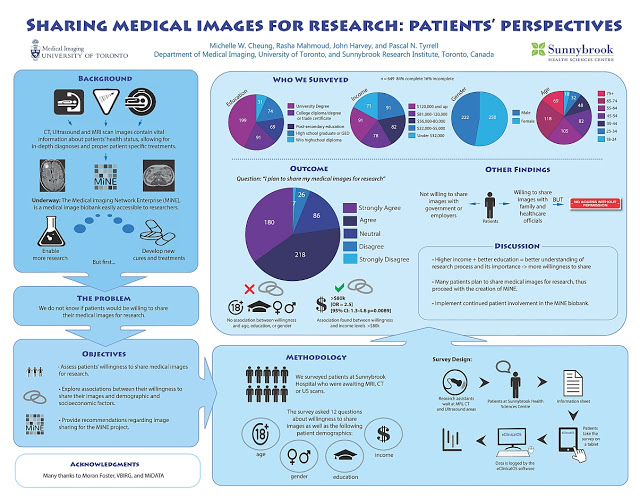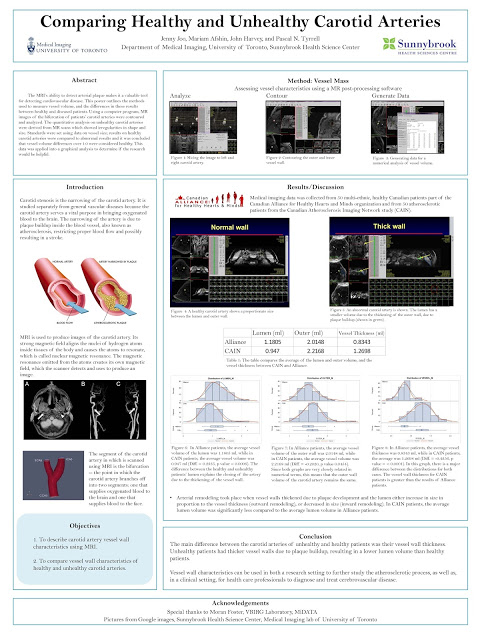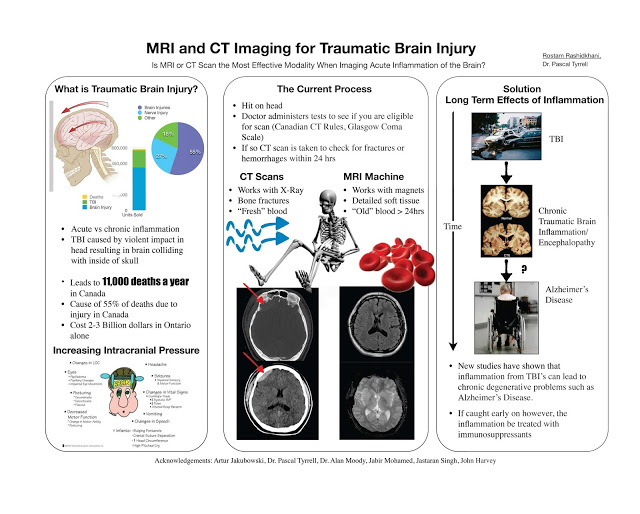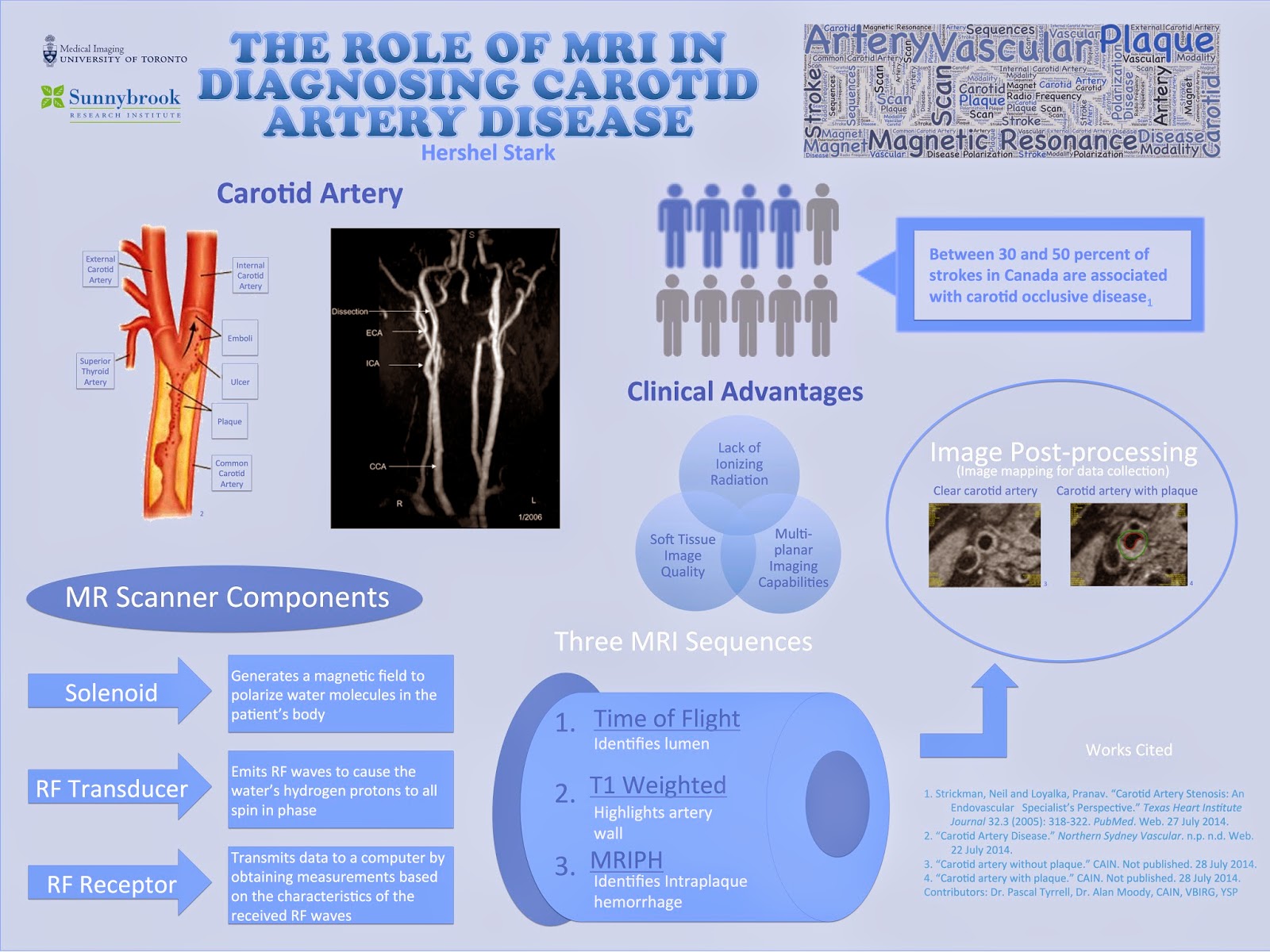 |
| Michelle Cheung – YSP 2nd Place Award |
Michelle was our second YSP student this summer and did a great job at particpating in one of our studies in looking at patients’ willingness to share their medical images for research. This study is also part of the MiNE project.
Here is what Michelle had to say:
“My name is Michelle Cheung and I am a rising senior at Henry M. Gunn High School in Palo Alto, California. In my free time, I love to bake, read, travel with family, and take Barre classes. I also enjoy volunteering with friends at local charitable events and the Key Club at school. I am very interested in human biology and hope to study genetics and biotechnology next fall.
I really enjoyed the three weeks with the YSP Research Program. I learned so much about medical imaging modalities and had the amazing opportunity of helping research assistants survey patients at the Sunnybrook Hospital for the MiNE project. At first, it was a little daunting, but over time, I became more confident and comfortable interacting with patients, and grew to love surveying. The continuous surveying each day highlights the aspect and importance of repetition in conducting scientific research. Above all, it was an absolute pleasure getting to know the MiDATA and VBIRG lab. I’m grateful to my mentors and the lab members for exposing me to a whole new lab world I never thought existed beyond the traditional wet labs.”
Great job Michelle!
Have a peek at Michelle’s award winning poster and…
… I’ll see you in the blogosphere.
Pascal Tyrrell




